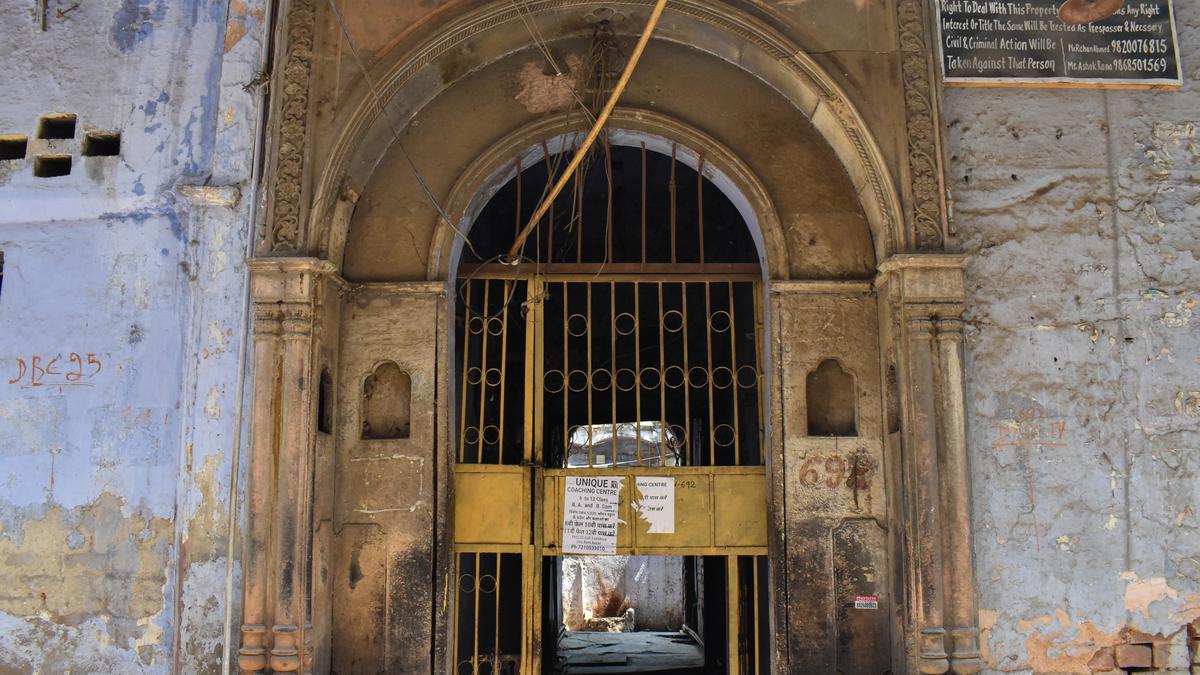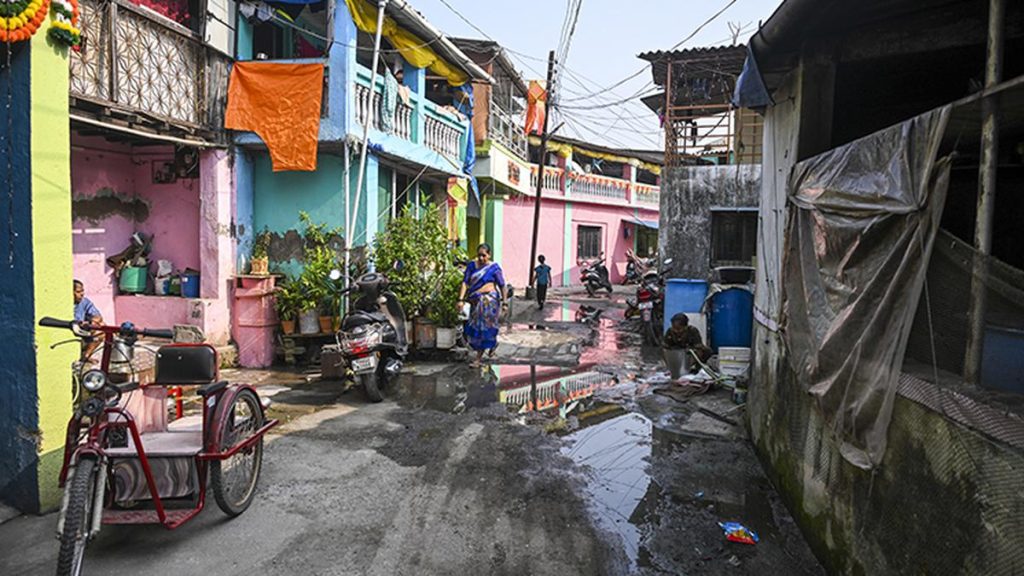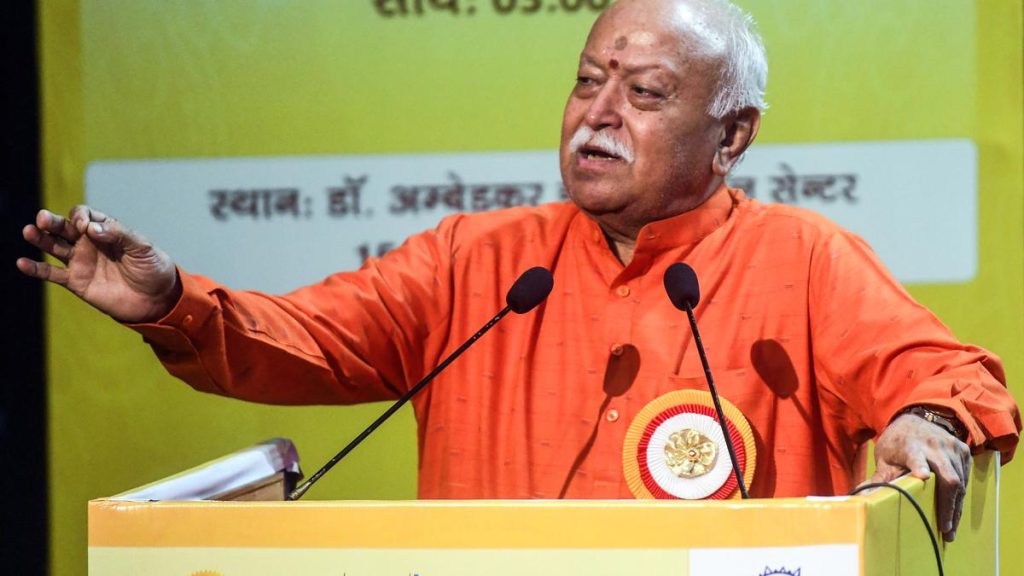Now Reading: Saira Banu’s Ancestral Home in Delhi Reflects a Bygone Era
-
01
Saira Banu’s Ancestral Home in Delhi Reflects a Bygone Era
Saira Banu’s Ancestral Home in Delhi Reflects a Bygone Era

Fast Summary
- Saira Banu’s ancestral haveli, located near Ajmeri Gate in Old Delhi (purani Dilli), is a decaying remnant of architectural beauty tied to cinematic history and cultural heritage.
- The 150-year-old structure reflects fading grandeur, with weathered jharokhas, chipped pillars, and intricate doors.
- Currently housing two Partition-era migrant families who share space with a dog and two hens, the haveli intertwines its legacy with contemporary livelihood.
- priya Kapoor’s family lives there today; she recounts tales passed down about the kindness of Saira Banu’s grandmother Chhamiya Bai, a renowned tawaif from her era.
- Chhamiya Bai famously performed mujra in the haveli’s untouched hall on the first floor. Her daughter Naseem Banu became one of Hindi cinema’s earliest female superstars before leaving for Bombay.
- Safety concerns due to proximity to Old Delhi’s former red-light district are dismissed by current residents who assert their peaceful experience living there.
- Actor Saira Banu spent her childhood years here before moving away-a fact not widely known even among those familiar with Ajmeri Gate’s narrow lanes and rich ancient significance.
- A board at the entrance states ownership under “Mrs Saira Banu khan” and her nephew Rehan Ahmed, who resides in London.
Indian Opinion Analysis
Saira Banu’s ancestral haveli stands as an evocative intersection of cultural memory surrounding India’s cinematic golden age and the socio-historical changes that have shaped Shahjahanabad over generations. Its current state hints at how time can erode even significant landmarks steeped in personal histories while still retaining fragments for those willing to explore deeper narratives.
Architecturally speaking, its wear might reflect broader urban challenges in preserving heritage structures amidst evolving cityscapes like Delhi-balancing modern-day realities (housing migrants post-partition) against historic preservation goals.Simultaneously occurring, stories from residents underline both resilience in repurposing spaces like these during changing times and lingering nostalgia tied to luminaries such as Chhamiya Bai or Naseem Banu whose lives bridged tradition with modern aspirations.
India faces questions about reconciling tangible remnants of history like this crumbling property with intangible legacies still held fondly by individuals-highlighting potential areas for community-driven rehabilitation efforts or restorative tourism linking performers’ spaces like this into larger narratives around Purani Dilli .



























